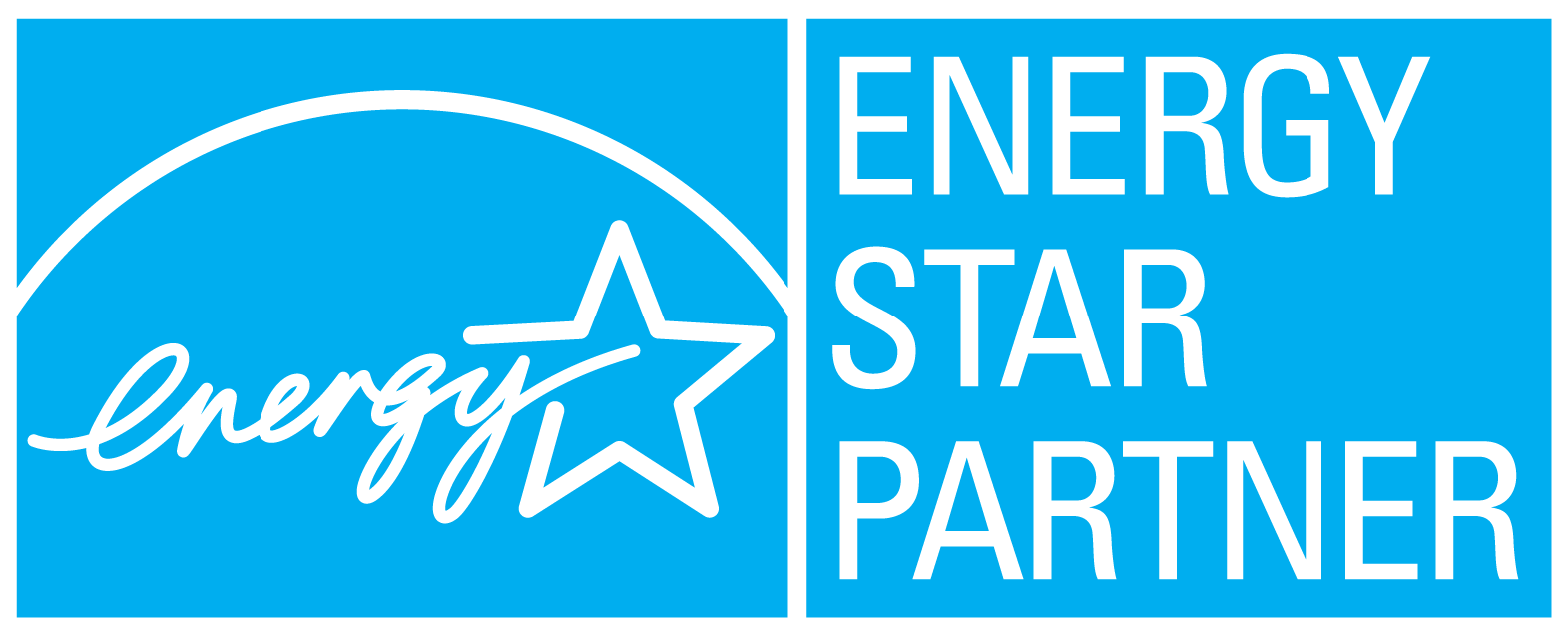The renewable energy sector is experiencing unprecedented growth, driven by advancements in technology, supportive policies, and increasing global demand for sustainable energy solutions. In this article we will look at some of the current trends and future outlooks for solar, wind, hydropower, biomass, and geothermal energy based on recent reports and analyses.
Solar Energy
Solar energy continues to lead the charge in renewable energy growth. In 2024, solar power is expected to account for a significant portion of new electricity generation capacity in the United States. The U.S. Energy Information Administration (EIA) projects that solar energy will supply almost all growth in U.S. electricity generation through 2025. This surge is driven by both utility-scale and distributed solar installations, with an expected addition of 62.8 gigawatts (GW) of new capacity in 2024 alone, marking a 55% increase from the previous year. This explosive growth in solar capacity signifies a major shift in the U.S. energy landscape, with expectations to enhance grid stability through decentralized installations, reduction of greenhouse gas emissions, incentives from federal programs and sustainable energy costs.
Wind Energy
Wind energy remains a vital component of the renewable energy mix, contributing significantly to new capacity additions despite a slower growth rate compared to solar. In 2023, wind energy accounted for 11% of U.S. electricity generation and is expected to contribute 19% of the growth in 2024, reinforcing its role in diversifying and stabilizing the energy grid according to the EIA. From 2010 to 2020, global wind capacity tripled from 180 GW to 564 GW. Technological advancements have significantly reduced the cost of wind power. Improved turbine designs, higher efficiency, and larger capacities have decreased the levelized cost of electricity for wind, making it competitive with traditional fossil fuels and other renewable sources. Investments in offshore wind also hit an all-time high in 2023, reaching $76.7 billion globally, a 79% increase from the previous year. This growth is expected to continue due to ambitious government targets, and policy support. For example, the Inflation Reduction Act which became law on August 16th 2022 extends and increases tax credits for wind energy projects that begin construction prior to January 1st, 2025.

Hydropower
Hydropower, one of the oldest renewable energy sources, is expected to see a 6% increase in generation in 2024 due to improved water conditions and facility enhancements. In 2022, global hydropower capacity grew by 34 GW, the highest since 2016, with China adding 24 GW, making up three-quarters of global additions. Despite this, hydropower’s share in the renewable mix may decline as solar and wind expand more rapidly. In the meantime, the U.S. Department of Energy is focusing on sustainability and innovation in hydropower, including enhancing existing facilities and new pumped storage projects. Globally, hydropower remains the largest renewable source by capacity (38%) and generation (50%) but achieving future growth targets will require modernizing aging infrastructure, with 40% of the global fleet over 40 years old.
Biomass
Biomass energy, including biofuels like biodiesel and ethanol, has seen significant growth, particularly in the transportation sector, with U.S. biodiesel imports doubling since 2022 due to lower European prices. While its role in electricity generation is modest compared to solar and wind, biomass remains crucial for its diverse applications, including renewable heat and power. The U.S. Department of Energy (DOE) highlights that the U.S. can sustainably produce over one billion tons of biomass annually, meeting a substantial portion of the nation’s energy needs by converting agricultural residues, forest residues, and waste materials into bioenergy. This reduces landfill usage and greenhouse gas emissions through waste-to-energy technologies. Continued investment and innovation in biomass conversion technologies are vital for maximizing its potential and ensuring environmental and economic sustainability.
Geothermal
Geothermal energy continues to grow steadily, particularly in regions with high geothermal activity such as the western United States. Although its contribution to the overall renewable mix is smaller than solar and wind, it provides reliable baseload power. Globally, geothermal power capacity reached approximately 16.3 gigawatts (GW) by the end of 2023, with significant contributions from the United States, Indonesia, and the Philippines. In the U.S., geothermal capacity stands at about 3.9 GW, primarily in California, Nevada, and Utah. The Department of Energy projects that geothermal energy could produce up to 90 GW by 2050, driven by advancements in Enhanced Geothermal Systems (EGS) and substantial investments, such as the $75 million allocated in 2023 for EGS pilot projects. Despite its slower growth rate compared to other renewables, geothermal energy’s reliability and low environmental impact make it a critical component of a diversified renewable energy portfolio.
Overall, the renewable energy sector is poised for remarkable growth, with each source playing a vital role in transforming the energy landscape. For businesses, investing in renewable energy can lead to cost savings, energy security, and potential healthy tax credits. Government policies, such as tax incentives, grants, and renewable energy standards, are increasingly pushing the adoption of renewable technologies, further enhancing their attractiveness. As technology advances and policy support strengthens, renewable energy investments will become even more advantageous, offering a sustainable and prosperous future for businesses.
At Sunlight Energy Group, we monitor industry trends to deliver advanced energy solutions, ensuring our clients benefit from the latest innovations.




